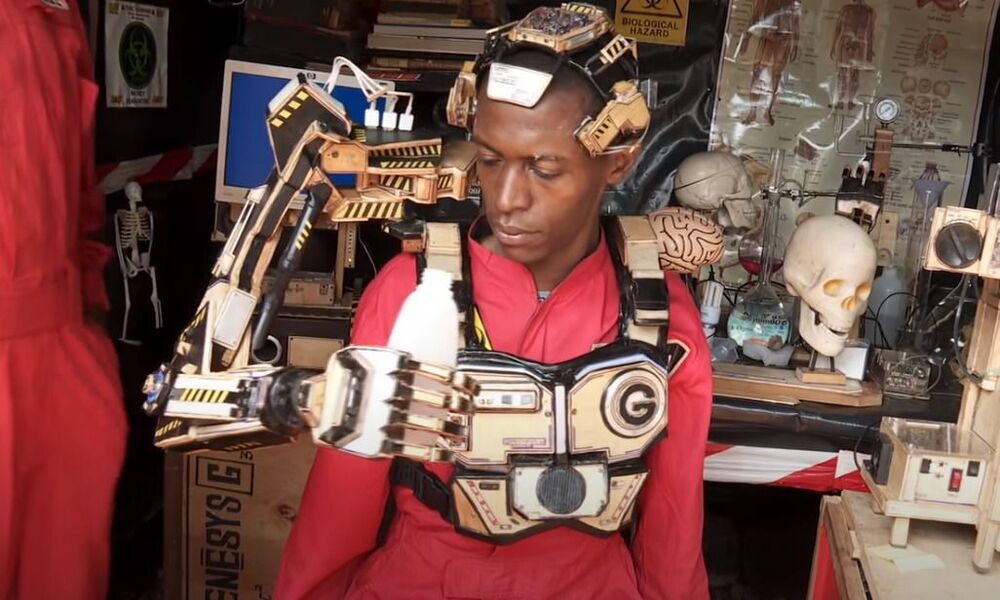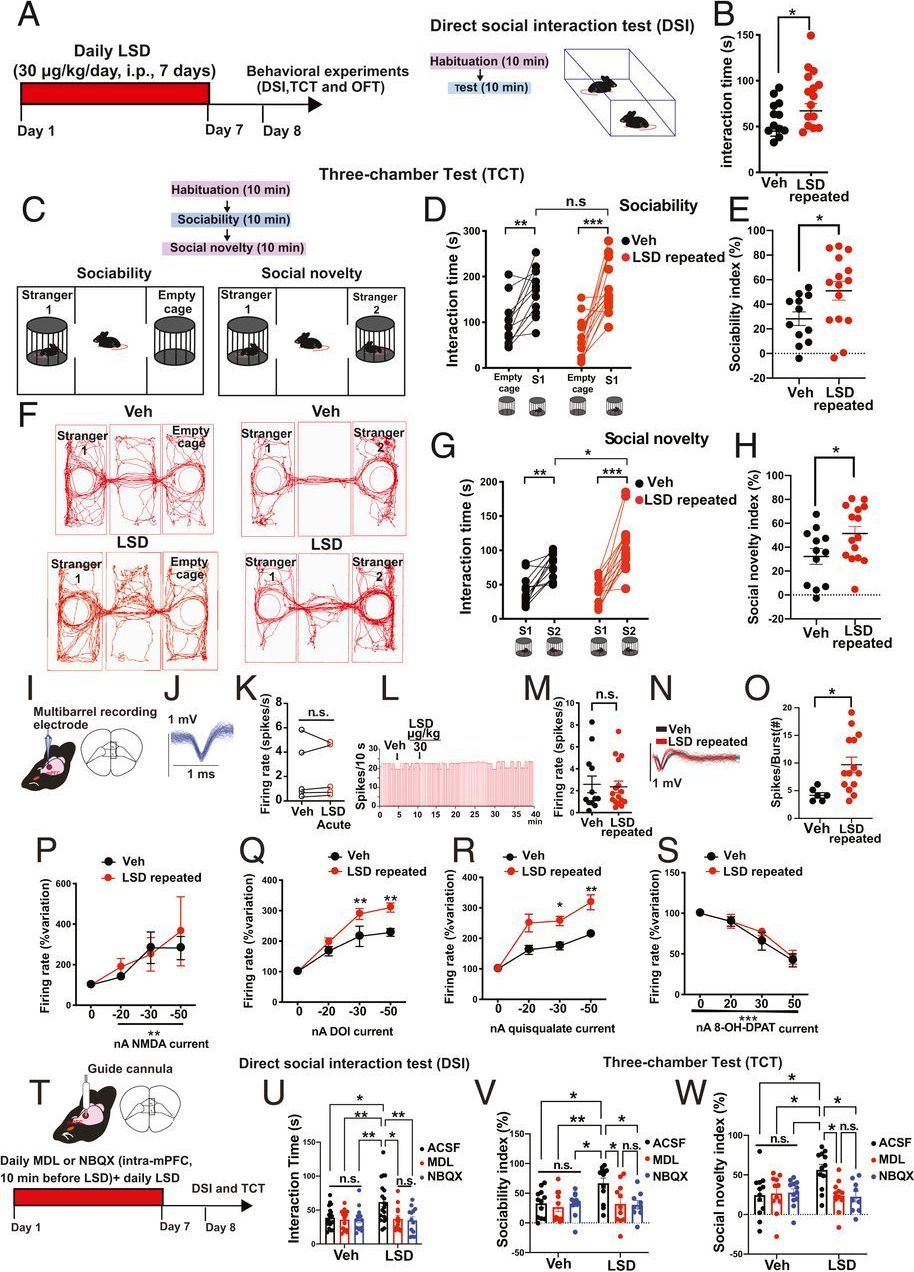Not only does the research suggest humans wouldn’t be able to control machines — we may not even know when superintelligent machines have arrived.
Fast-forwarding quantum calculations skips past the time limits imposed by decoherence, which plagues today’s machines.
A new algorithm that fast forwards simulations could bring greater use ability to current and near-term quantum computers, opening the way for applications to run past strict time limits that hamper many quantum calculations.
“Quantum computers have a limited time to perform calculations before their useful quantum nature, which we call coherence, breaks down,” said Andrew Sornborger of the Computer, Computational, and Statistical Sciences division at Los Alamos National Laboratory, and senior author on a paper announcing the research. “With a new algorithm we have developed and tested, we will be able to fast forward quantum simulations to solve problems that were previously out of reach.”
Indoor farms are bringing the change! 😃
Based in Appalachia, Kentucky, AppHarvet’s cutting edge indoor farms have delivered their first harvest of tomatoes to grocery stores.
Playing through the greenery and litter of a mini forest’s undergrowth for just one month may be enough to change a child’s immune system, according to a small new experiment.
Doomsday Clock
Posted in existential risks
If the company can pull it off, Starlink would be faster than many ground-based gigabit broadband networks.
These two Kenyan men are stealing hearts with their amazing inventions that can be a major way to provide much better technological aid to people with disabilities! Watch this video to see these mind-blowing gadgets that work on the commands given by the brain! And we haven’t even told the best part, due to the lack of resources, most of these gadgets are made of wood or old computer parts! Well, imagine what all they can achieve if provided with better technology and resources!
It was invented by David Gathu and Moses Kinyua and is powered by brain signals.
The signals are converted into an electric current by a “NeuroNode” biopotential headset receiver. This electrical current is then driven into the robot’s circuitry, which gives the arm its mobility.
The arm has several component materials including recycled wood and moves vertically and horizontally.
Juniorr Amenra.
· —3—h ·
Social behavior (SB) is a fundamental hallmark of human interaction. Repeated administration of low doses of the 5-HT2A agonist lysergic acid diethylamide (LSD) in mice enhances SB by potentiating 5-HT2A and AMPA receptor neurotransmission in the mPFC via an increasing phosphorylation of the mTORC1, a protein involved in the modulation of SB. Moreover, the inactivation of mPFC glutamate neurotransmission impairs SB and nullifies the prosocial effects of LSD. Finally, LSD requires the integrity of mTORC1 in excitatory glutamatergic, but not in inhibitory neurons, to produce prosocial effects. This study unveils a mechanism contributing to the role of 5-HT2A agonism in the modulation of SB.
All study data are included in the article and supporting information.









